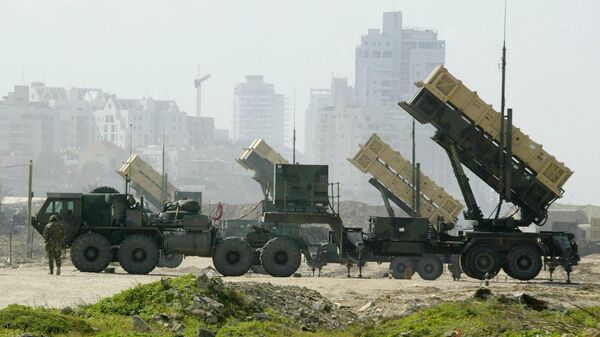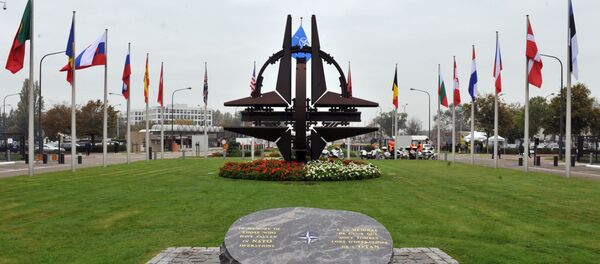Vine underscored that currently the US has nearly 800 overseas bases. Seventy years after World War II and the 62 years after the Korean War, the US still has 172 bases in Germany, 113 in Japan, and 83 in South Korea. Hundreds more US garrisons are stationed in 80 countries, including Australia, Bulgaria, Colombia, Qatar and Kenya.
"Although few Americans realize it, the United States likely has more bases in foreign lands than any other people, nation, or empire in history," the author wrote.
The estimated annual cost of all US overseas bases is $156 billion. According to RAND, American taxpayers spend anywhere between $10,000 to $40,000 a year for one US soldier stationed overseas.
There also small bases also known as "cooperative security locations" which house drones, surveillance aircraft, or pre-positioned weaponry and supplies.
Other facilities scattered across the world include ports, airfields, repair complexes, training areas, missile testing sites and many more.
According to the expert, there are US troops or other military personnel in nearly 160 foreign countries and territories, including 11 aircraft-carriers.
Each should be considered a floating base. Finally, the US is growing its military presence in space.
"Since the start of the Cold War, the idea that our country should have a large collection of bases and hundreds of thousands of troops permanently stationed overseas has remained a quasi-religious dictum of foreign and national security policy," David Vine wrote for The Nation.
The policy is known as the "forward strategy" and initially was connected to the deterrence policy toward the USSR in the Cold War era.
After the Soviet Union collapsed, the strategy became groundless and even dangerous, according to military experts.
"The presence of bases near Muslim holy sites in Saudi Arabia was a major recruiting tool for al-Qaeda and part of Osama bin Laden’s professed motivation for the September 11, 2001, attacks," the author explained.
For example, in Okinawa, US troops have repeatedly committed acts of rape against local women, he added.
All of the above provoked numerous conflicts and hostile sentiments and seriously damaged the reputation of the US among local residents.
"It is also not at all clear that bases enhance national security and global peace in any way. In the absence of a superpower enemy, the argument that bases many thousands of miles from US shores are necessary to defend the United States—or even its allies—is a hard argument to make," Vine wondered.
"When all you have in your foreign policy toolbox is a hammer, everything starts to look like a nail," the analyst cited the words by the anthropologist Catherine Lutz.
Instead of being a guarantor of security and stability in a region, US military bases often provoke tensions and create obstacles for diplomatic efforts, Vine wrote.
For example, placing US bases near the borders of such countries as Russia, China or Iran increases the risk of responsive measure by those countries.
The US growing militarism escalates a new arms and base race and increases instability in the global geopolitical arena, according to the professor.
The war on terrorism has turned into a global conflict, seriously fueling the positions of radicals and terrorists. In this situation, building American bases to counter mythical Russian or Chinese threats only aggravates the relations between leading world powers, the author underscored.
As a result, US military bases and troops scattered across the globe make war more likely and the country less secure, Vine concluded.





